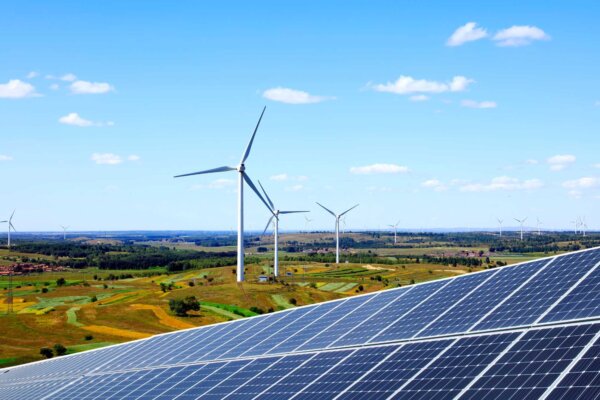As part of the Statkraft Group, this month we are sharing a few of their key updates:
Statkraft to prioritise investments to sharpen strategy
Statkraft have recently announced plans to focus their investments on Norway, wider Europe, and South America, in order to strengthen the scale of projects in these regions, build competitiveness and prioritise creating new renewable projects14. This includes prioritising:
- Norwegian hydropower.
- Solar, wind and battery storage growth in the Nordic region, Europe and South America (increasing the delivery rate to 2-2.5GW annually from 2026).
- Building and developing offshore wind farms in Northern Europe.
- Pursuing a leading position as a developer of green hydrogen.
Alongside this, Statkraft have announced an updated organisation and corporate management, which will be effective from 1st January 2025. This includes a new business area, Technology and Project Delivery, which will develop best-practice safety, support operations and maintenance standards, and will be responsible for delivering cost-effective services and products.
Statkraft’s wind farm community fund supports local projects
Statkraft’s Alltwalis Wind Farm community benefit fund provided £107,000 of community funding in 2023, supporting local projects such as social enterprises, schools, sports clubs and voluntary organisations15. The wind farm, situated in Carmarthenshire, South Wales, became operational in 2009 and provides renewable energy to the equivalent of 16,500 homes. The fund is managed by representatives from the local community, who assess applications quarterly from organisations and groups in the Llanfihangel-ar-Arth area.
Statkraft nominated for ‘Best Engagement’ at Scottish Green Energy Awards
Statkraft’s work on the Loch na Cathrach Pumped Storage Hydro project, which is located near Loch Ness, has been recognised through a short-listed nomination for ‘Best Engagement’ at the Scottish Green Energy Awards16. Statkraft acquired the 450MW project in late 2023. Since then, Statkraft have worked to fund a local Community Action Plan and commission a Supply Chain Research report to highlight opportunities for local businesses to work with the Loch na Cathrach project. They also have plans to deliver community benefit funds in the future. The nomination for ‘Best Engagement’ is recognition of this hard work and care.
Winners of the Scottish Green Energy Awards will be announced on 5th December 2024.


